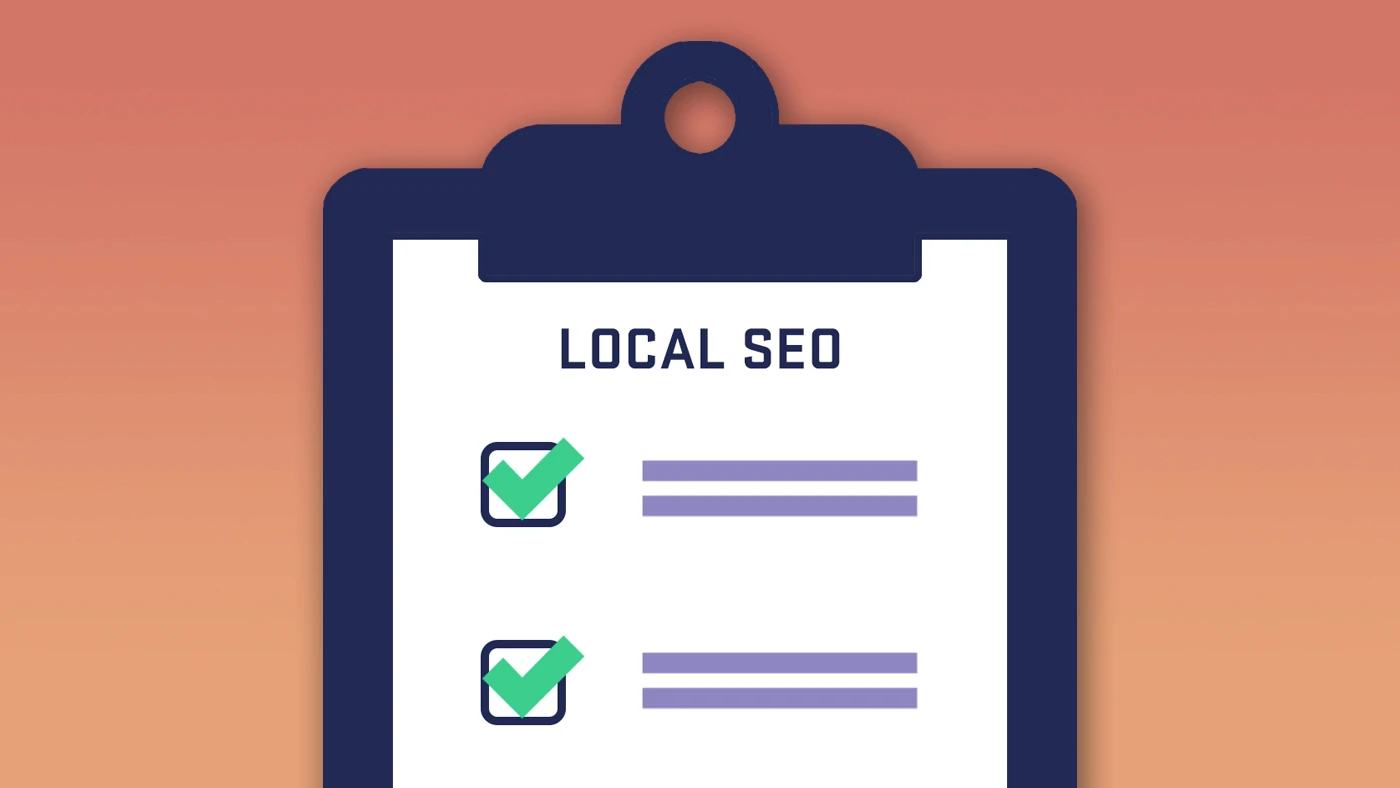Local SEO Checklist: Boost Your Local Visibility
Being visible in the marketplace is key. It’s no different in the search engines. Getting your business on the top of the search results is needed to attract your potential customers, especially if you’re competing on a local level.
But with so many SEO factors that you need to consider, it’s undeniably hard to decide where to begin. But don’t lose heart. Because in Local SEO, you only need to cover 5 major aspects.
- Gathering Intelligence
- Optimizing your website
- Optimizing your other online properties
- Boosting the performance of 2 and 3.
- Measuring your performance
To help you get started, we’ve put together a local SEO checklist so you can ensure you’ve got all your bases covered.
But first, in order to get the most out of this checklist, we need to understand the playing field.
What is Local SEO?
Local SEO focuses on improving rankings and visibility to reach a target audience in a specific geographic area. Most of the factors in general SEO still apply, but there will be greater emphasis on location-specific keywords, users, and search intent.
Why should you focus on Local SEO?
By narrowing down your SEO efforts, you’ll be able to reach potential local customers who are searching for products and services that you offer.
Here are a few important statistics that highlight the benefits of optimizing local SEO for businesses:
- 46% of all searches on Google are seeking local information (Source: SEO Expert Brad)
- 200% growth in mobile searches for “open” + “now” + “near me” over a two-year period (Source: Think with Google)
- 72% of users who did a Google search visited a store within 5 miles of where they were searching (Source: Safari Digital)
As you can see, optimizing your local SEO offers a huge opportunity to target the right audience and bring in high quality leads to your business.
About the checklist
With our checklist, you’ll gain insight on the range of tasks required to improve your local SEO which will help you plan your time and efforts accordingly. It’ll ensure that your efforts will get the maximum impact for your business.
To keep you organized, we’ve broken down all the required steps to improve your SEO from start to finish into 5 parts:
- Part One: Gather Intelligence
- Part Two: Optimize your website from top to bottom
- Part Three: Optimize your other online properties
- Part Four: Boost the performance of your online assets
- Part Five: Monitoring your performance
Now that we got the basics out of the way, It’s time to roll up your sleeves and let’s dive into our 5-part local SEO checklist!
Part One: Gathering Intelligence
First things first. In order to create a solid plan, you need to gather all the necessary information and data. This includes insight on your keywords, rankings, competition and site health. By following these steps below, you’ll avoid making blind decisions to your SEO strategy which saves you time and money.
1. Identify your keywords
By performing research on which keywords and locations are worth targeting, you’ll have a better understanding of what will bring you the best results. To start your research, follow these strategies:
- Brainstorm a list of main keywords related to your business. If you were a customer looking for the products or services that your business offers, what would you type into the search engine?
- Looking for some quick ideas? Check out Reddit and choose a subreddit where your customers hang out, this will give you some insights on what your customers are talking about. For example, if you’re running a bakery and want to find ideas about pastries, you can look through r/pastry.
- Use Google’s related searches. After you think of your main keywords, type them in one-by-one and see what Google generates automatically at the bottom.
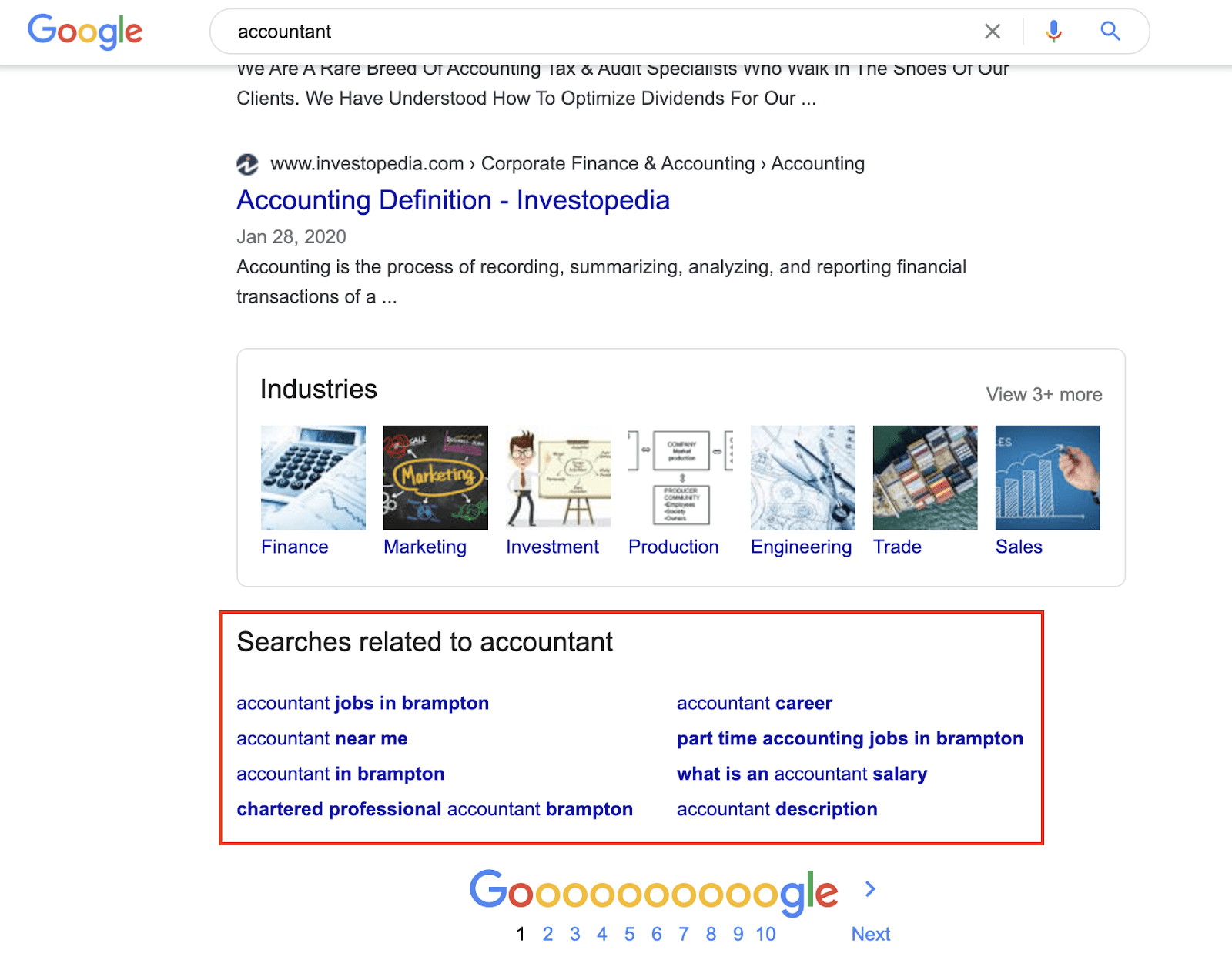
- Use location-based keywords. Since people often look for businesses close to them, it’s important to include these location-specific keywords into your website (KEYWORD + LOCATION). For example, bakery in Toronto, mechanic in New York, etc.
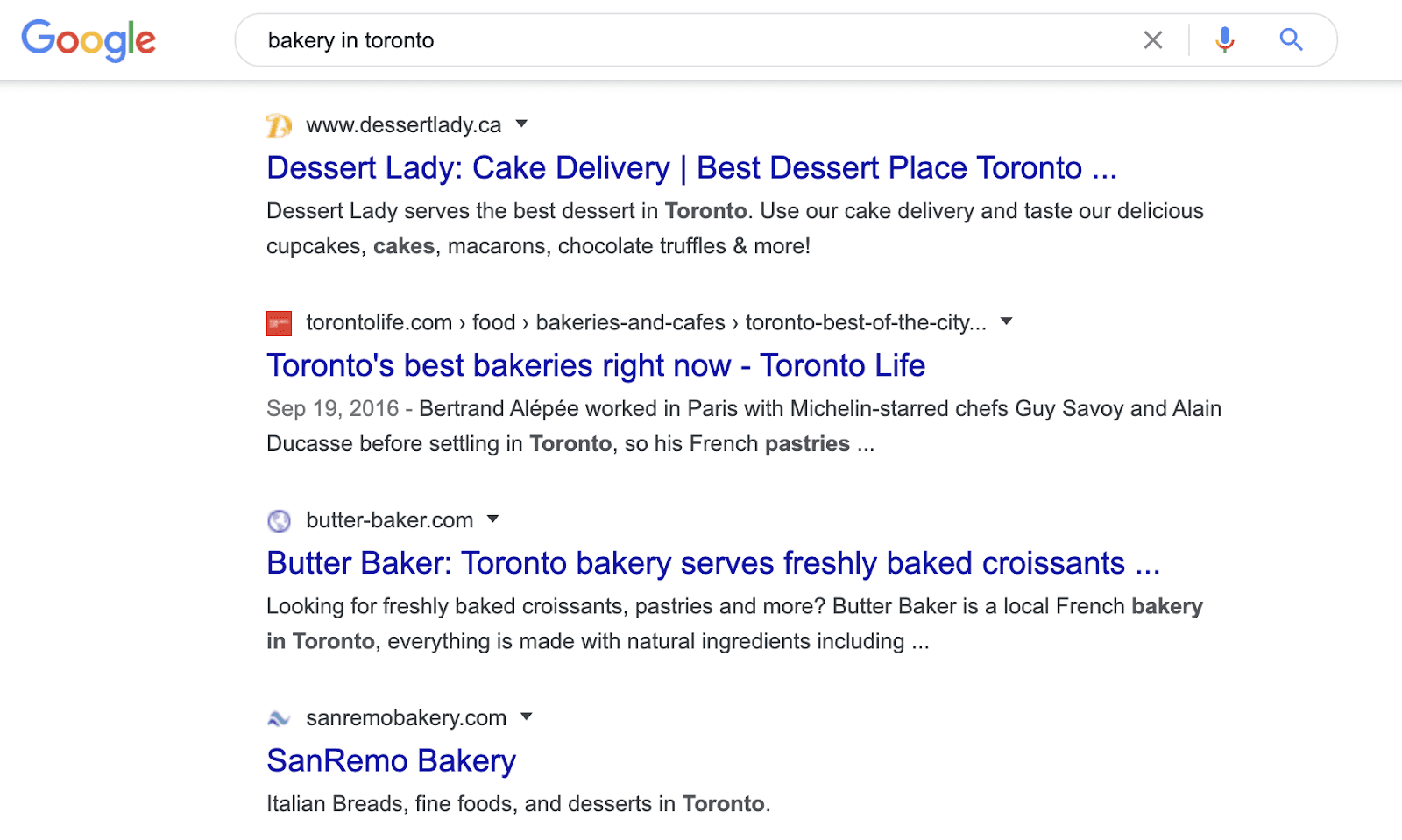
- Use a keyword research tool. Some popular ones include:
2. Check your competition
- Find your competitors by a) performing a search with your keywords and identifying which companies are the top rankers or b) using a tool like SimilarWeb
- With the list of competitors, you can proceed to check their Google My Business profile for their business categories and customer reviews
3. Run a site audit
A site audit will provide you with a detailed look into your site’s health so you can make improvements.
You can do this by using Nightwatch’s site audit feature, you can perform regular and automated crawls which will then identify all problematic issues and warnings on your website.
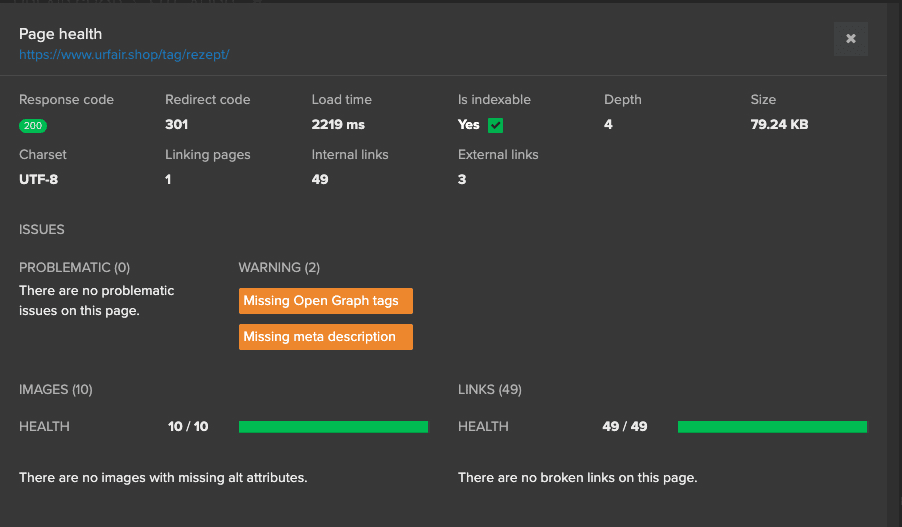
4. Check your current local ranking
It’s important to get a baseline for your rankings. That way you can measure how much you improve every month. Nightwatch supports tracking different search engine results for both local and organic rankings. This makes it extremely useful to see exactly how your Google My Business profile is performing compared to your organic rankings.

Now that we have gathered all of this data, it’s time to put it to good use.
Part Two: Optimize your website from top to bottom
In addition to your collected data, search engines will take your website’s performance into ranking consideration. The next step is to apply your keywords to your website and to make sure that your website is in tip top shape.
5. Include targeted keywords into your website
- Content — both website copy and blog posts
- Meta description and website title
- URL — for product pages, landing pages, blog posts
6. Optimize your page for better user experience
- Have a great website design
- Organize your website’s page architecture for better navigation
- Have a sitemap handy for visitors
7. Optimize your website’s speed and performance
- Minimize HTTP requests
- Use CDNs and remove unused scripts/files
- Use caching service
- Compress images using Compressor.io or Image Optimizer
8. Optimize your website’s dwell time
- Write longer content
- Build a community and use comments
- Maximize PageSpeed
- Place your internal links strategically to encourage further reading
- Break content into chunks
9. Optimize for mobile SEO
- Make your site responsive
- Create a seamless experience
- Use mobile-friendly pop-ups
10. Optimize for schema
- Use Google’s Structured Data Markup Helper
- Tag data
- Create HTML
- Add the schema to your web page
- Test the web page
Note: We have skipped some factors on this list. I can recommend the following onpage seo resources here if you need more information:
- https://www.reliablesoft.net/on-page-seo/
- https://www.orbitmedia.com/blog/seo-best-practices/
- https://optinmonster.com/on-page-seo-checklist-how-to-fully-optimize-your-posts/
The items listed here are the two most important factors that you need to cover:
A. The experience of your visitors on your website B. How you present your website for both humans and search engines.
Part Three: Optimize your other online properties
Being omnipresent on the web is important, but you have to make sure anything related to your business on the web is optimized. Having consistent and accurate information is key here because search engines will perceive your business as trustworthy and credible which are also important ranking factors.
11. Optimize your Google My Business listing
Fill out:
- Business name
- Business location
- Service areas
- Business hours
- Business categories
- Phone number and call tracking
- Website and other URLs
- Service, products, menu (if applicable)
- Business attributes
- Business description
- Add photos, videos, virtual tours
12. Optimize your social media profiles
- Use a consistent profile image across accounts
- Include relevant information in your bio
- Include relevant link in your profile
- Post updates regularly
- Grow and engage your social community
13. Optimize your listings on relevant directories
Using the same information that you’ve inputted in your Google listing, enter that into relevant directories with high value of trust:
- Chamber of Commerce
- Better Business Bureau
- Yelp
- Bing Places for Business
- Yellow Pages
- Foursquare
- Avvo for lawyers
- Zillow for real estate agents
- The Knot for wedding vendors
Part Four: Boost the performance on all your online assets
Once you’ve managed to create all these properties, It’s important to know that setting and forgetting them will only get you nowhere.
Let’s face it, It will require extra work before they transform into money-making machines.
An initial action step is to be active in the local community — keep in touch with other businesses and your customers. These are ongoing efforts that will help build up your online profile, grow brand awareness across your local area which further signals search engines that you are a trustworthy business.
14. Apply Google Maps marketing techniques to improve your listing’s rankings on the local maps pack
15. Get Google reviews and listing reviews
Reviews are the biggest driver of clicks in local SERPs. They are also a factor search engines use to calculate your search position since they help customers find the best local business for their needs.
- Ask satisfied customers to leave a review
- Share Google review form link to customers
- Send email requests
- Monitor and reply to your reviews
16. Citations (NAP)
Citations are any mentions or references to a business on the internet. A complete citation includes the business’ name, address, and phone number (NAP) which needs to be consistent across the web. Unlike backlinks, citations don’t have to include a link and even if there is, it’s a “no follow” link. The purpose of citations is to help Google verify the authenticity of your business.
- Build citations with BrightLocal Citation Builder or Whitespark Local Citation Finder
- Check your competitor’s directory listings and their citations
- Make a list of the popular sites you want to be cited on
- Make a list of industry-specific citation opportunities
- Check local listing sites
17. Local Backlinks
Participating in local sponsorships or events? Getting mentioned in press releases? Not only are these great ways to build relationships with your community and to put your brand in front of potential customers, it also helps boost your local backlink profile.
Here are ways to earn local backlinks:
- Guest blogging for local blogs
- Getting featured on local publications
- Participating in local events
- Hosting local events
- Sponsoring important causes
18. Local Partnerships, Referrals, Groups
By working with others in your community or industry, there is much to gain online and offline.
Here are ways to increase your presence at a local level:
- Build local alliances with businesses that share your customers
- Trade reviews, resources and references with your partnerships
- Support local fundraisers
- Attend local conferences to get to know people in the community
- Build mutually beneficial relationships
Part Five: Measure your performance
19. Monitor your performance and monitor your competitors
Once you’re finished all these steps, it doesn’t just end there! Since rankings fluctuate on a day-to-day basis, it’s critical that you’re keeping a close eye on how you and your competitors are performing. This maximizes your local SEO efforts and allows you to make data-driven decisions.
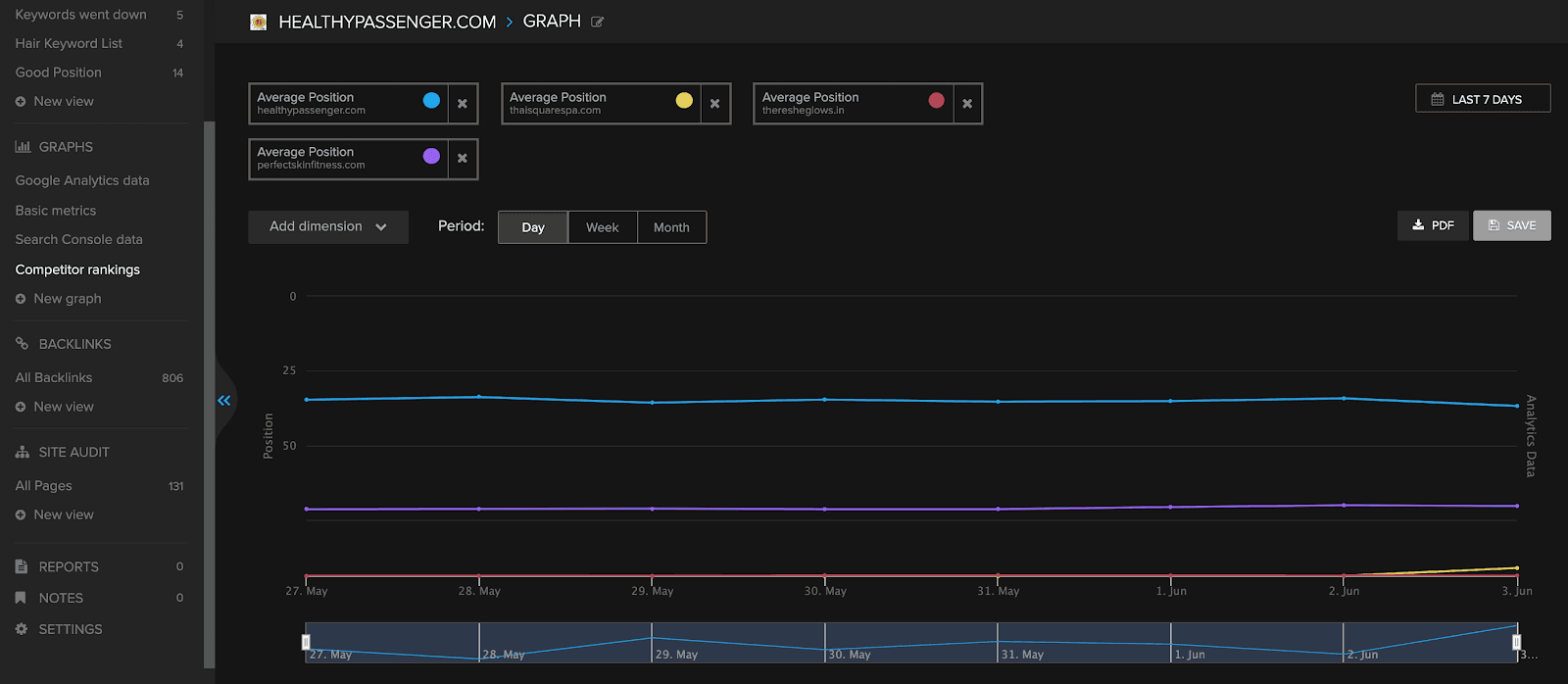
20. Monitor your visitor’s behavior using Google Analytics
Google analytics also provides a wealth of information to help you understand your visitors, check where your customers bounce and improve on those pages. Providing the best experience for your visitors will not only reward you with repeat visits but sustainable growth as well.
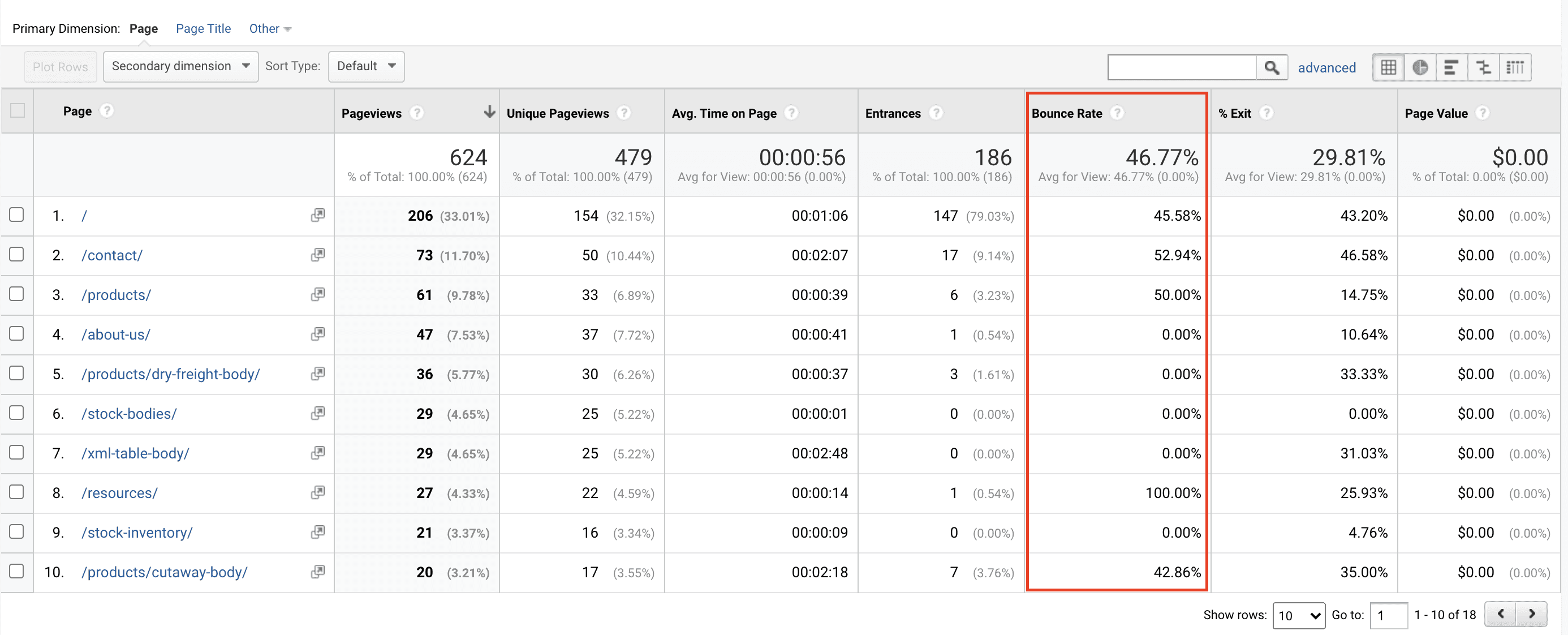
Conclusion
As more and more businesses transition to the online marketplace, getting the edge over the competition is important now more than ever. That’s why we recommend that you constantly do your research, test and improve on your results and hopefully our checklist can give you the slight advantage in your niche.
Have any suggestions to improve the checklist? Please, let us know.
